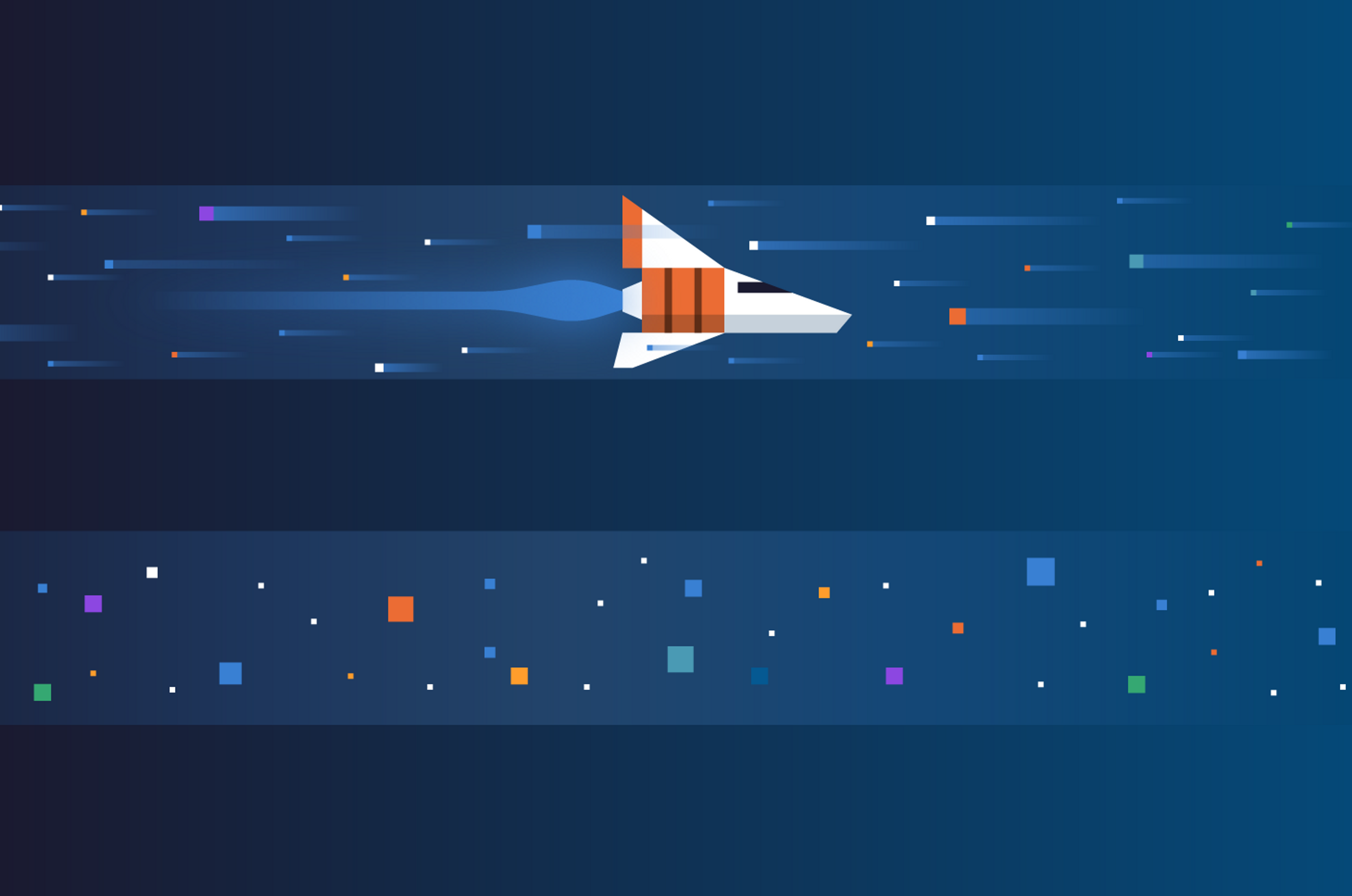The Fast Lane and the Open Data Stack

Since my last video update, we've launched game-changing products, expanded our global footprint with a new APAC headquarters, added Goldman Sachs as an investor—all while staying laser-focused on partnering with enterprises and developers to unlock the value of their data.
The fast lane and the open data stack
The companies we partner with—including NetApp, US Bank, and many others—share our belief that data is the great differentiator. But most organizations struggle with freeing their data from legacy systems and delivering business agility.
This isn’t easy, and there are wrong ways to go about this. The answer isn’t just lifting and shifting to the cloud or outsourcing the mess for less.
So how do enterprises and developers unlock the value of data? It starts with understanding the two parts of the data world: the deep lane and the fast lane. The deep lane is about serving the analyst with historical data (think of companies like Databricks, Snowflake, and others). DataStax serves the fast lane, which is where you’ll find real-time data, or data in motion—the kind that serves the modern data app.
We believe that success in the fast lane requires an open data stack. An open data stack is:
- Kubernetes-based for cloud-native agility
- Developer-ready with data APIs to reduce time to market
- Cloud-delivered to simplify operations and reduce TCO
- Built around open-source technologies that support both data at rest and data in motion
- Globally available and highly scalable
Macquarie Group is a great example of getting ahead in the fast lane. This Australian bank needed a way to get value from massive amounts of data. They built an experience on the foundation of DataStax and Apache Cassandra. This helped Macquarie gain a 360-degree view of their customers for the first time. Now they’re creating new, personalized products and value propositions for over one million users.
We’re excited to continue partnering with enterprises like Macquarie Group, T-Mobile, Overstock, and many others as they build their open data stack and progress on their data modernization journeys in the fast lane.
Delivering new products to serve enterprises and developers
Over the past six months, we’ve made significant investments in product innovations to help deliver the open data stack:
- We launched our Astra DB serverless database offering, the first DBaaS of its kind built on Cassandra that can run on any public cloud. This is already helping enterprises bend the TCO curve by significantly reducing data costs.
- We delivered a streaming platform (Astra Streaming) powered by Apache Pulsar. A recent GigaOm report found that Pulsar provides up to 81% cost savings over Kafka—and 35% higher performance. We’re really excited about the progress we’re making in the event streaming and messaging space, and look forward to what’s to come.
- We partnered with the Apache Cassandra community on Cassandra 4.0, which is now GA. It’s the first major release in over 3 years, and it’s incredibly stable (the community-made over 1,000 bug fixes). With its unmatched performance and reliability, Cassandra is THE database for the future.
Our short-term and long-term goals remain the same: deliver products that developers love and that change the trajectory of the enterprises they work for.
A big thank you to the Cassandra and Pulsar communities, and to the enterprises and developers who put their trust in us as a partner.




